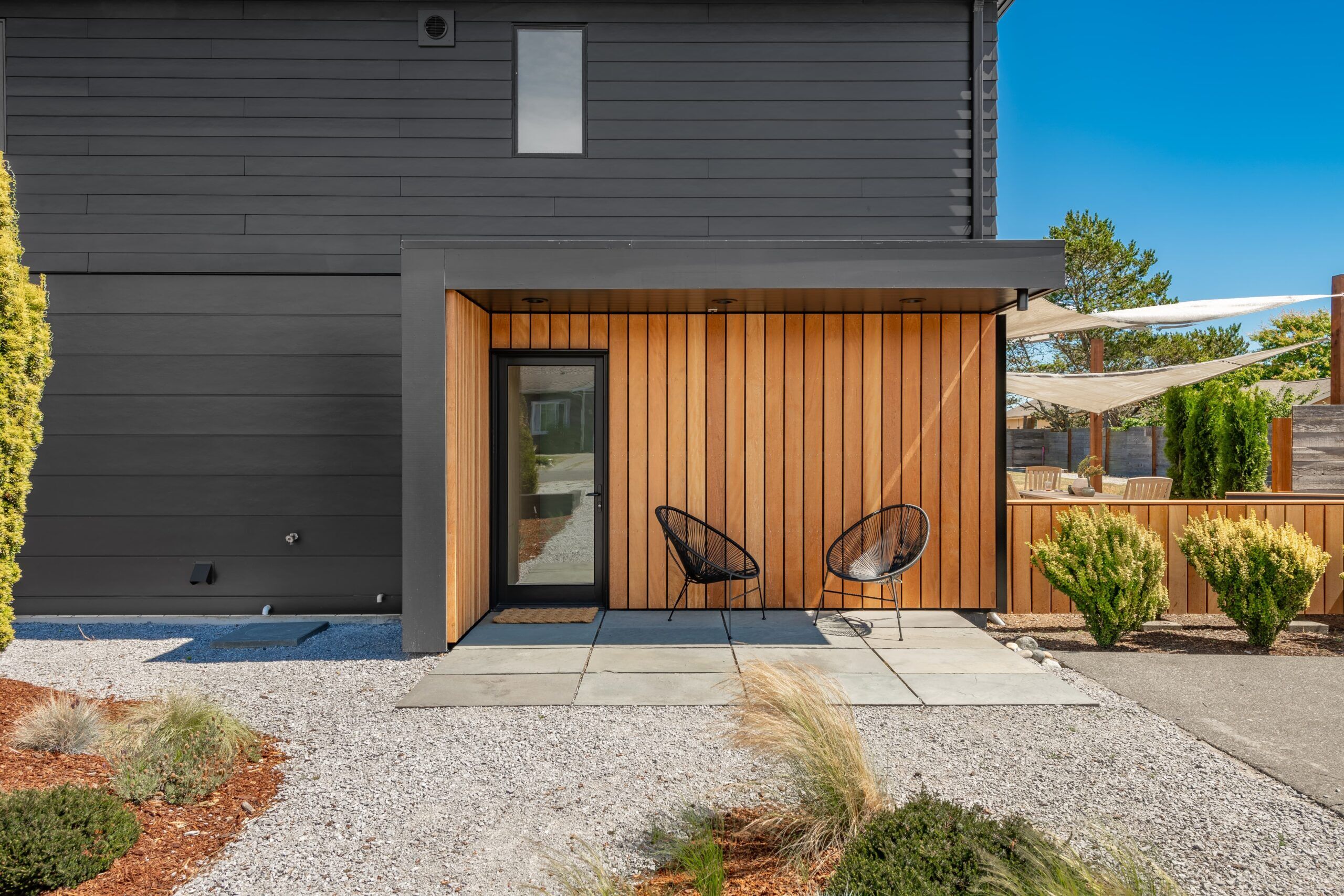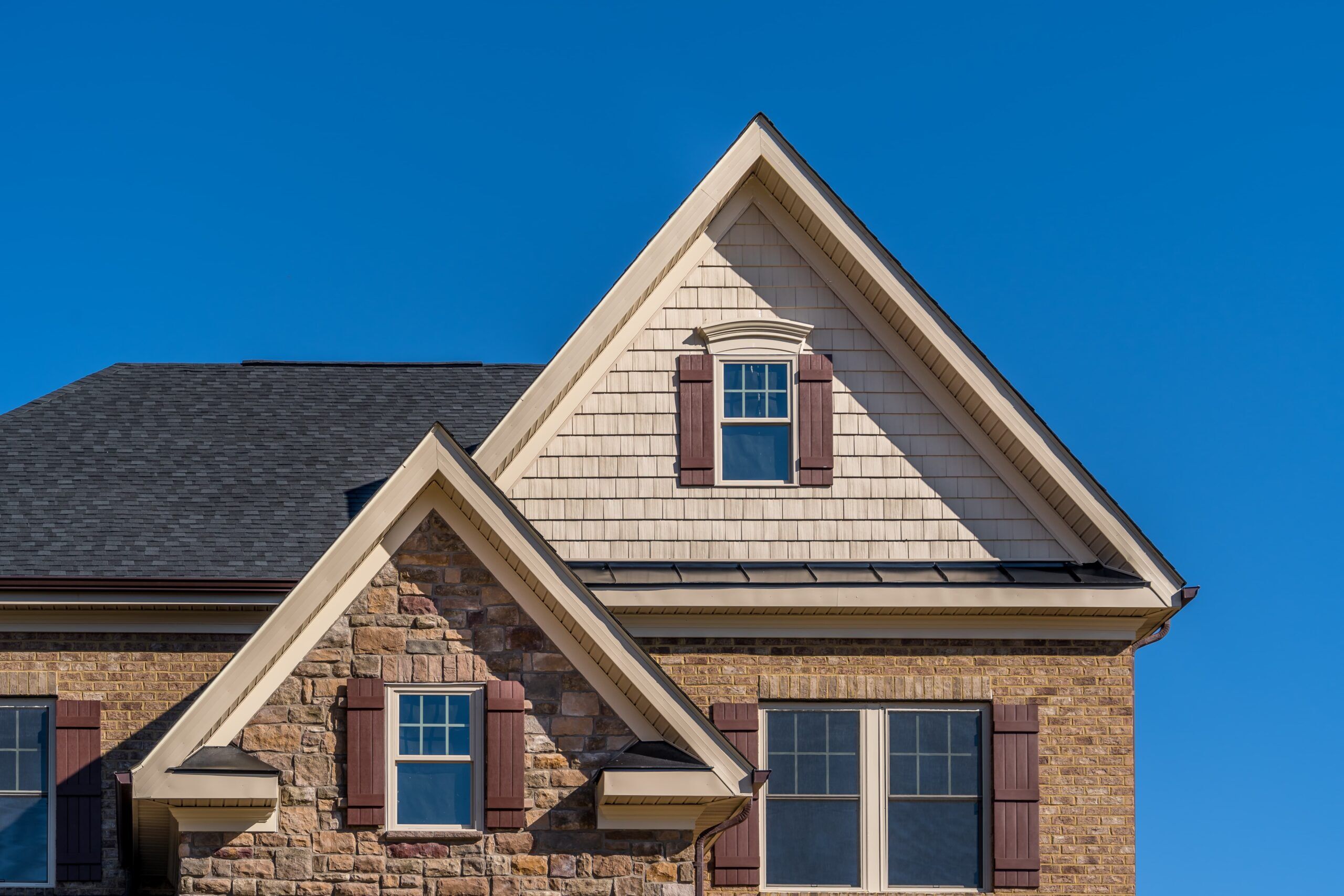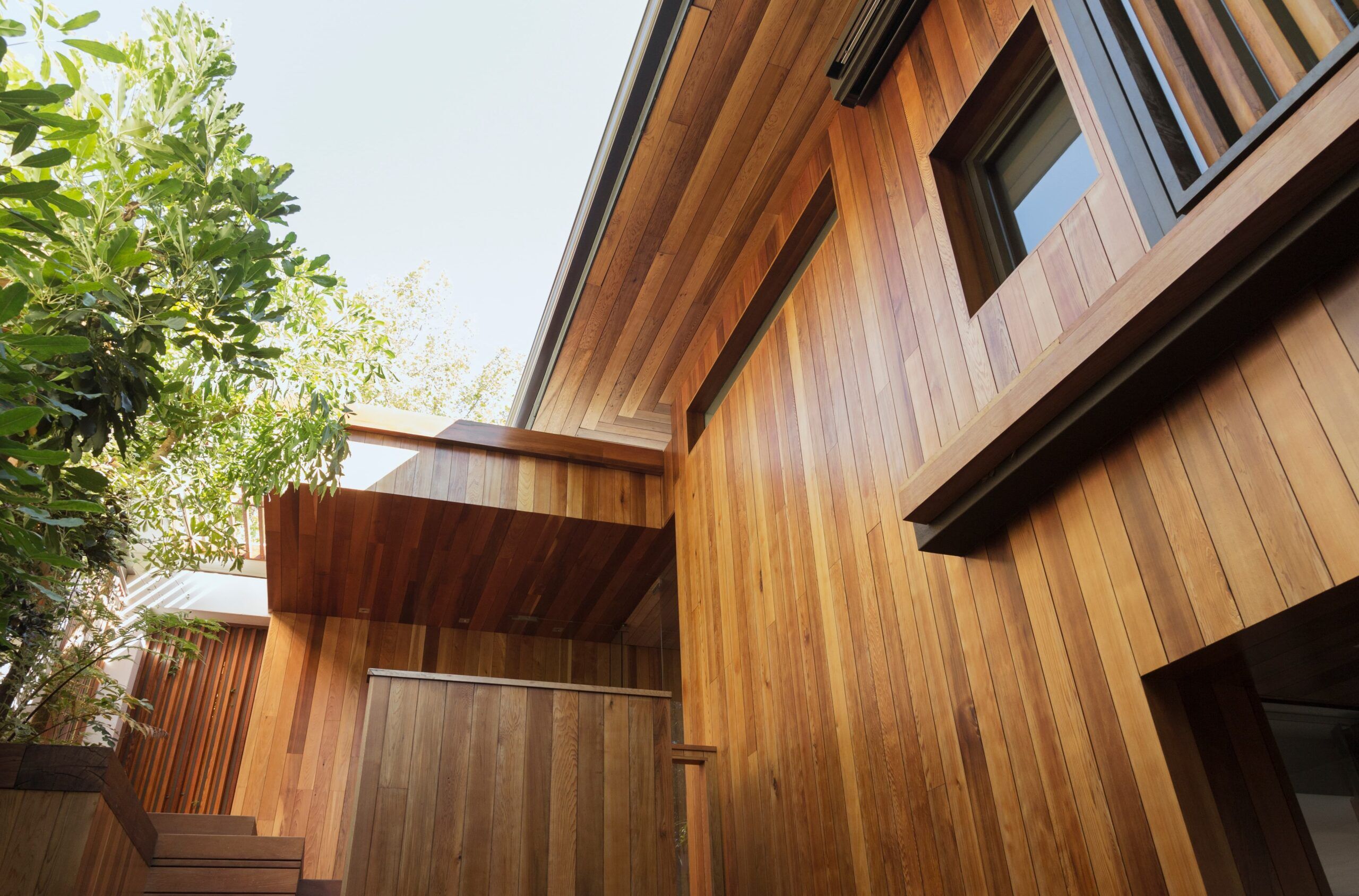Exterior siding is one of the most significant investments you’ll make in your home. It acts as the primary shield against the elements, from the intense sun of a July afternoon to the harsh snow and ice of an Ottawa winter. Beyond this vital protective role, siding is crucial for preventing heat loss and is the single largest factor in defining your home’s character and curb appeal. With a diverse range of materials, understanding their distinct advantages and disadvantages is essential to making a choice that will protect your home for decades to come.
Pros: The Advantages of Popular Siding Materials

Each siding option offers a unique combination of performance, aesthetics, and cost.
1. Vinyl Siding: The Leader in Affordability and Low Maintenance
Vinyl siding remains North America’s most popular choice, primarily due to its exceptional affordability. It is often the most budget-friendly option for both materials and installation. Its versatility is another major draw; modern vinyl is available in a vast spectrum of colours and textures. It can convincingly mimic traditional wood profiles, such as clapboard or board and batten, as well as decorative shakes.
A key feature is that the colour is homogeneous throughout the material, meaning it won’t chip or peel, and minor scratches are less visible. This leads to vinyl’s most celebrated benefit: it is virtually maintenance-free, requiring no painting or staining, just an occasional rinse with a garden hose.
2. Metal Siding: The Champion of Durability and Sustainability
For homeowners prioritizing longevity and resilience, metal siding (typically steel or aluminum) is an outstanding choice. It offers superior durability, being highly resistant to fire, pests, rot, and impact. Quality metal panels can withstand extreme weather conditions without the frequent maintenance that other materials require.
While steel and aluminum are common, premium options like copper and zinc offer unparalleled lifespans, developing a unique and beautiful patina over time. Metal is also a leader in sustainability; it often contains recycled content and is 100% recyclable at the end of its long life.
3. Fibre Cement Siding: Resilient and Aesthetically Versatile
Fibre cement has surged in popularity as a premium material that blends the strengths of masonry and wood. Composed of sand, cement, and cellulose fibres, it is incredibly robust. It is non-combustible, impervious to rot and termites, and remains dimensionally stable through dramatic temperature shifts, meaning it won’t warp or buckle.
Making it ideal for Ottawa’s climate. Aesthetically, its greatest advantage is its ability to replicate the look of natural wood grain flawlessly, as well as painted clapboard or stucco, providing a high-end appearance with far greater resilience.
4. Wood Siding: Unmatched Natural Beauty and Classic Appeal
Despite requiring more maintenance, nothing can truly replicate the authentic, warm beauty of real wood siding. Materials like cedar, pine, and redwood offer a timeless aesthetic that enhances traditional, rustic, and Craftsman-style homes. Wood is endlessly customizable; it can be stained to showcase its natural grain or painted in any colour imaginable, allowing for a truly unique finish.
Cons: Acknowledging the Drawbacks and Challenges

No material is without its weaknesses. Understanding these is crucial for an informed decision.
1. Vinyl Siding: Longevity, Environmental, and Moisture Concerns
While affordable, standard vinyl can have issues with longevity. Extreme cold can make it brittle and prone to cracking, while significant heat can cause it to warp, buckle, or sag. Over many years, UV radiation can cause colours to fade.
Environmentally, vinyl is a petroleum-based product (PVC) that is not easily recyclable and can release harmful toxins in the event of a house fire. The most critical risk is hidden moisture; if improperly installed without a proper weather-resistant barrier and flashing, it can trap water against the home’s structure, leading to catastrophic rot and mould.
2. Metal Siding: Potential for Dents, Noise, and Cost
While durable, some metals, such as aluminum, can be susceptible to denting. The initial cost of high-quality metal siding is generally higher than that of vinyl. It can also be noisier during a rain or hailstorm, though this can be significantly mitigated by using panels with an insulating foam backer.
3. Fibre Cement Siding: Weight and Professional Installation Demands
The main drawbacks of fibre cement are its sheer weight and installation complexity. It is heavy, which increases freight and labour costs. Furthermore, cutting the planks generates hazardous crystalline silica dust, meaning installers must use specialized equipment and follow strict safety protocols. While it holds paint exceptionally well, it does require repainting every 10-15 years to maintain its protective qualities and appearance.
Important Considerations When Choosing Siding

Balance these key factors to find the perfect fit for your specific home and needs.
- Cost and Return on Investment: Look beyond the initial price tag to the total cost of ownership, which includes installation and long-term maintenance. A more durable material, such as fibre cement or metal, may have a higher upfront cost, but can provide a better return on investment through its longevity and increased home value.
- Durability & Local Climate: Match the material to your local climate. For homeowners in Ottawa, enduring the region’s harsh freeze-thaw cycles is critical. Fibre cement excels here, as it doesn’t expand and contract significantly. Metal is a top choice for areas with high winds or hail.
- Energy Efficiency: Your siding can impact your energy bills. The effectiveness of insulation is measured by its R-value; a higher value means better resistance to heat flow. To boost efficiency, consider insulated siding systems, such as vinyl or metal panels with a bonded foam backing, which create a thermal blanket around your home.
- Aesthetic Appeal & Architecture: Your choice should complement your home’s architectural style. A sleek, modern home might be enhanced by metal panels, while a classic craftsman home is a natural fit for wood or fibre cement that mimics wood. For a timeless look without the cost, stone and brick veneers are excellent options.
The Bottom Line
Ultimately, there is no single “best” exterior siding. The ideal choice is a balanced one tailored to your specific situation. Vinyl remains a highly popular and cost-effective option, provided that quality materials are chosen and installation is performed meticulously.
For those seeking a long-term investment focused on maximum durability and low maintenance, metal and fibre cement are superior choices that withstand the elements exceptionally well. Selecting the right siding requires a thoughtful balance between your budget, the durability demanded by your climate, desired energy efficiency, and the visual appeal that makes you proud of your home. If you need help in choosing the right exterior siding, contact our professional team today and get your most suitable option.

